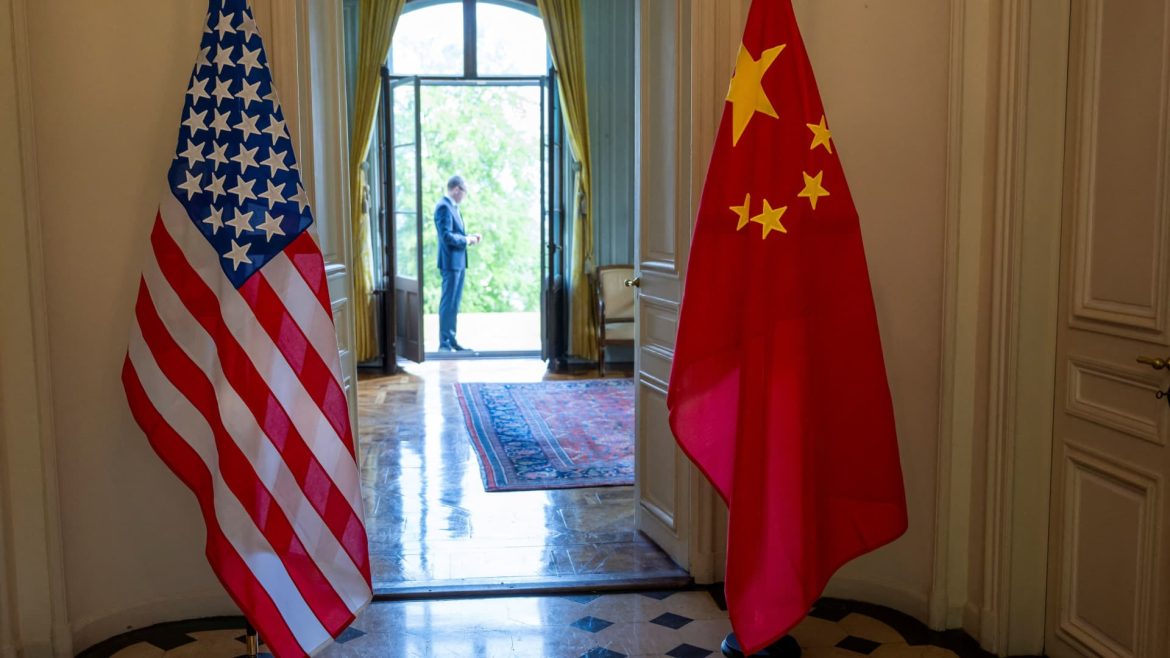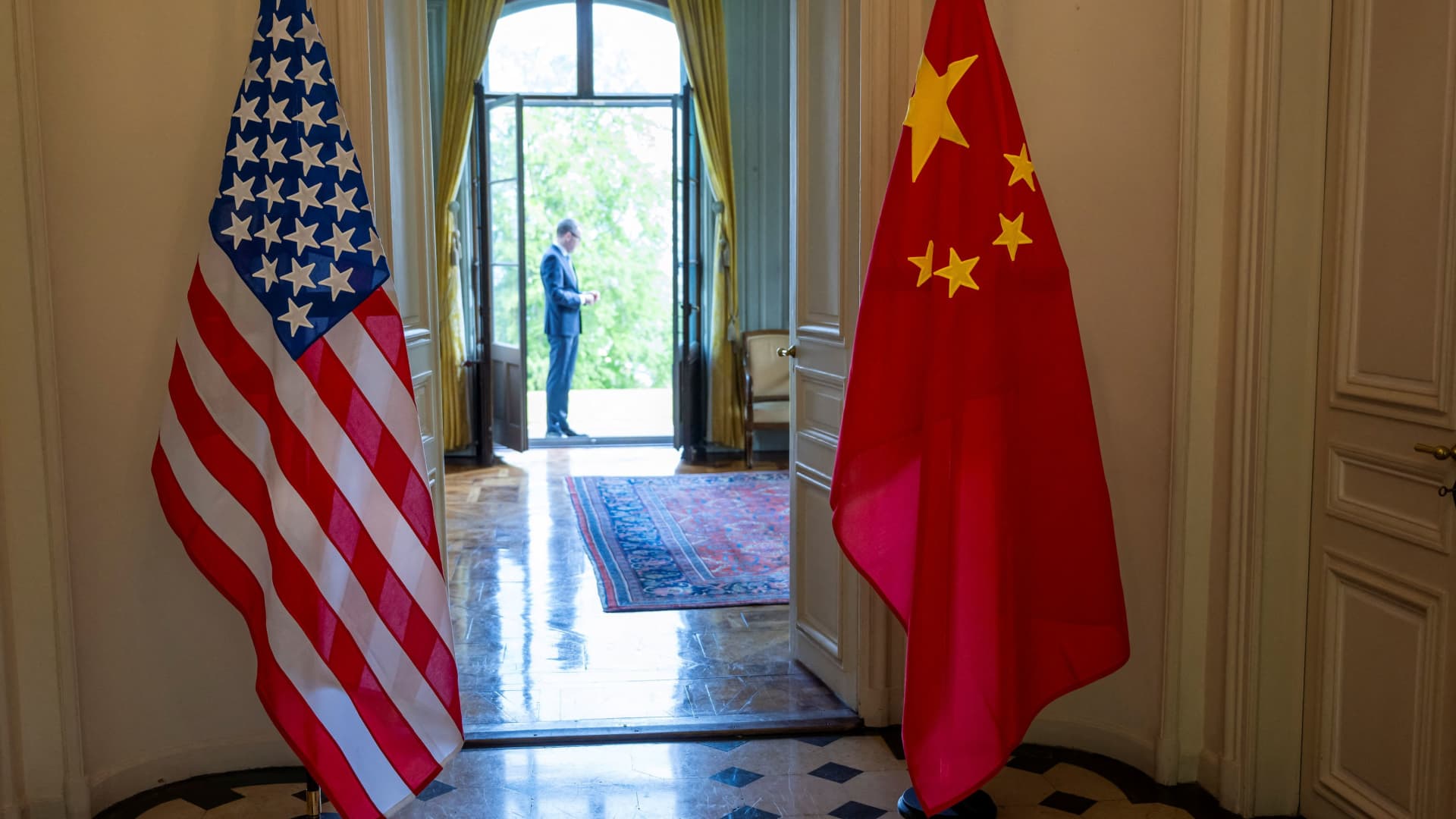Current State of U.S.-China Trade Talks: A Stalemate
Amid ongoing tensions, recent statements from U.S. Treasury Secretary Scott Bessent reveal that trade negotiations between the United States and China have reached an impasse. Described consistently across various reports as “a bit stalled,” these talks struggle to move forward despite a recently agreed 90-day tariff truce. The negotiations have hit a plateau, necessitating intervention from the highest political levels to overcome persistent obstacles and bring the discussions to a successful conclusion.
The Complexity Behind the Stalemate
Multiple factors contribute to the current deadlock. While specifics on the exact points of contention were not detailed by Bessent, it is widely understood that complex issues such as intellectual property rights, market access, tariffs, and state subsidies underpin the negotiations. The recent 90-day tariff truce between the two powers provided a temporary pause in escalating trade barriers, but did not resolve these underlying disputes. This pause, while stabilizing the trade environment briefly, has not bridged core differences that have long challenged bilateral economic relations.
The Role of Leadership: Trump and Xi’s Essential Involvement
Treasury Secretary Bessent emphasized that breaking through the stall likely requires direct dialogue between U.S. President Donald Trump and Chinese President Xi Jinping. Such high-level engagement is viewed as indispensable, signaling that the issues extend beyond routine diplomatic negotiations and need personal leadership intervention to reaffirm commitments and address sticking points. Historical precedence supports this notion, as previous trade agreements and breakthroughs often emerged from direct conversations between heads of state, reflecting the strategic importance and complexity of U.S.-China economic ties.
Implications of the Protracted Negotiations
The ongoing stalemate carries multi-dimensional implications. For the global economy, prolonged uncertainty between the two largest economic powers risks dampening investment, disrupting supply chains, and impacting markets worldwide. For domestic stakeholders in both countries, from manufacturers to consumers, tariffs and retaliatory measures directly influence costs and competitiveness. Furthermore, the protracted nature of talks may undermine confidence in the ability of diplomacy to manage and resolve trade disputes, potentially inviting unilateral actions or prolonged economic friction.
The Path Forward: Strategic Considerations
Moving forward, reactivating momentum in the negotiation process demands strategic alignment, realistic goal-setting, and mutual compromise. The groundwork laid by lower-level negotiations remains critical but insufficient on its own. The direct intervention of Presidents Trump and Xi could catalyze progress by setting clear priorities and deadlines, enabling negotiators to operate with renewed clarity and authority.
Additionally, both sides may need to recalibrate their expectations, understanding that perfect solutions are unlikely, and interim agreements or phased approaches could offer a pragmatic way forward. Transparency in communication about intentions and red lines may help reduce misunderstandings that have contributed to the stall.
Conclusion: Navigating Toward Resolution Amid Lingering Challenges
The status of U.S.-China trade talks as “a bit stalled” underscores the persistent complexity and sensitivity of economic relations between these two global giants. While a 90-day truce offers a temporary respite, fundamental unresolved issues demand direct leadership involvement to break the deadlock. The path to resolution rests not only on policy details but on strategic political will from Presidents Trump and Xi. Their engagement could provide the decisive push needed to convert dialogue into durable agreements, ultimately shaping the future trajectory of international trade and economic stability. Until then, the stalemate reflects broader tensions that continue to challenge diplomacy and global economic cooperation.





